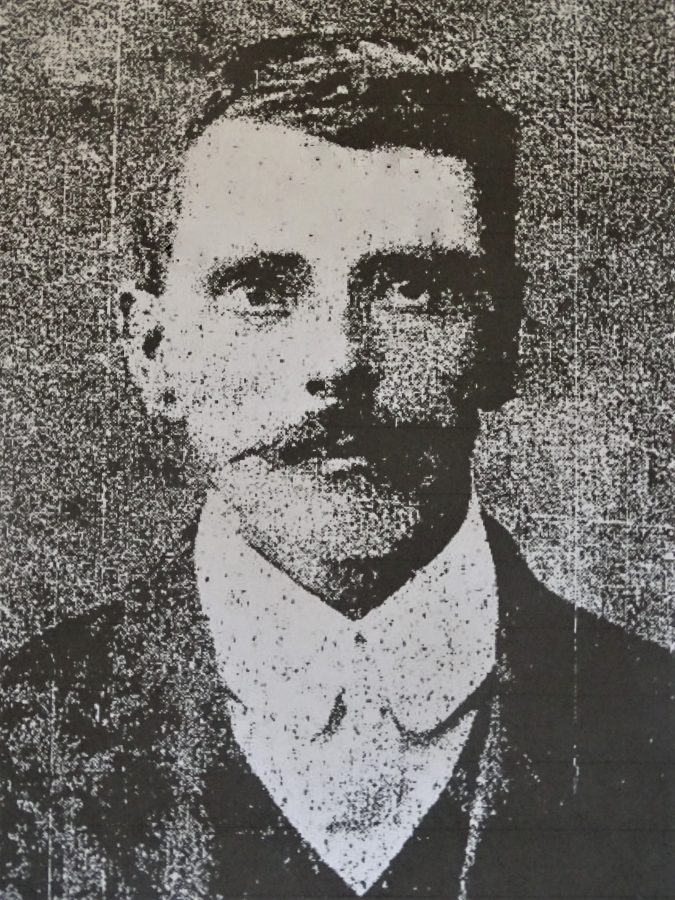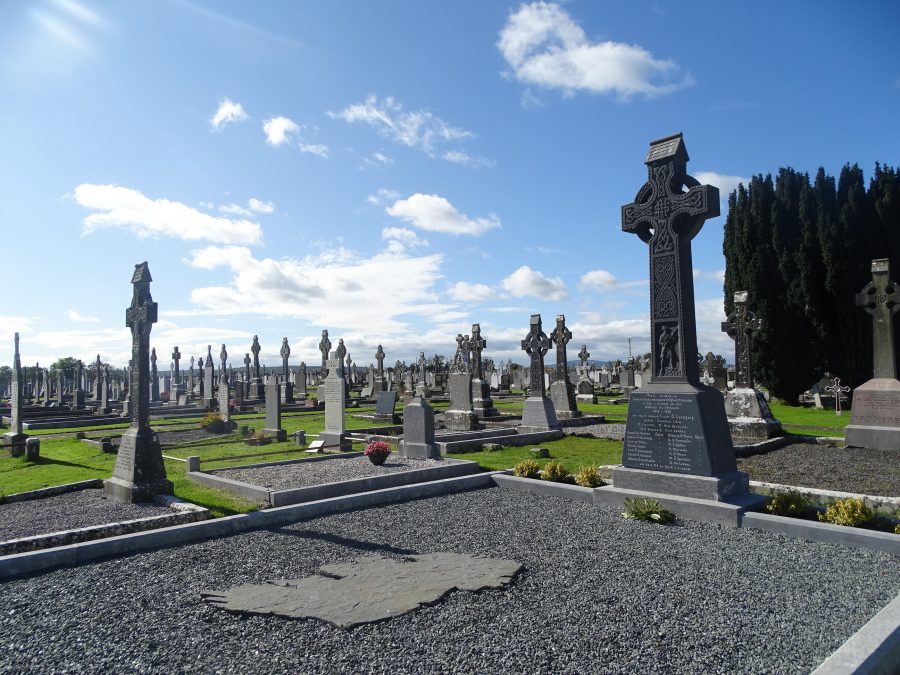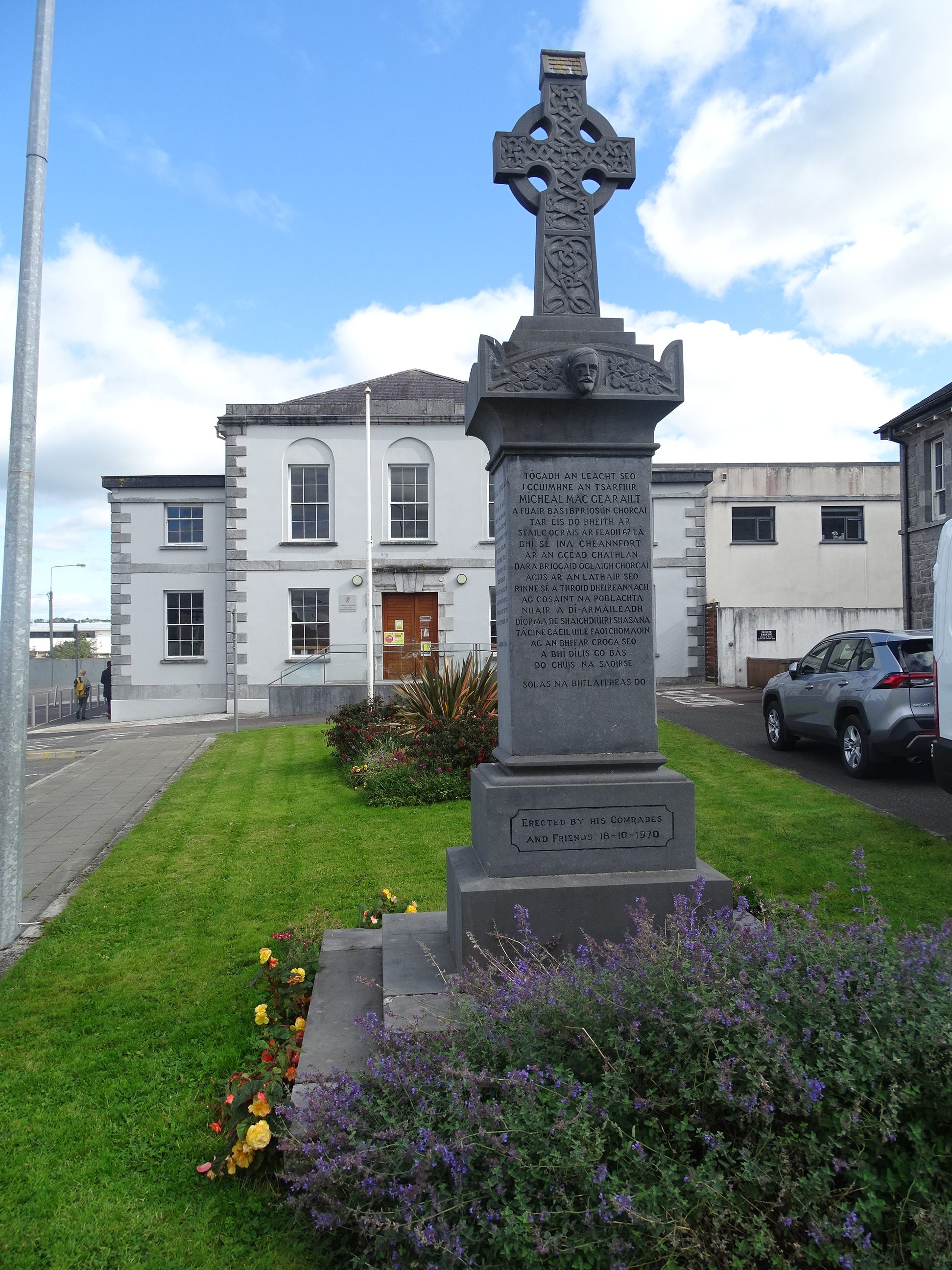
Kieran’s Our City, Our Town Article, 15 October 2020
Remembering 1920: The Last Stand of Michael Fitzgerald
The 16 October 2020 coincides with the centenary of the death of Michael Fitzgerald (1881-1920), who was one of the eleven hunger strikers in Cork Gaol in October 1920. Born in Ballyoran in Fermoy, Michael before his arrest lived in Clondulane, where he worked in a local mill. In 1914, he enlisted he joined the Irish Volunteers and was an active member building up the organisation in Fermoy and the wider region in North Cork.
In time Michael became Commandant of the 1st Battalion of Cork, No 2 Brigade and worked closely with Commandant Liam Lynch. Michael was in charge of the small body of Volunteers who captured Araglen police barracks on Easter Sunday 1919. He was arrested and sentenced to three months imprisonment in Cork Gaol. He spent the most part of those three months in solitary confinement in Cork Gaol, together with a number of other prisoners. He had been released only about a fortnight after serving this sentence of three months, when he was again arrested on 8 September 1919, in connection with an attack on British soldiers at Fermoy when Private William Jones was shot dead. Since his arrest on 8 September 1919, he has been in prison, principally at Cork Gaol. On 11 August 1920 he went on hunger strike, a cause which Terence MacSwiney also took up, when he was arrested later in August.
The Cork Examiner records that at the time of Michael Fitzgerald’s death on Sunday night 17 October 1920 at 9.45pm, four priests, four nuns, his relatives and friends and the relatives of the other prisoners worn present. Father Forrest (Australia), Fr Fitzgerald (Prison chaplain), Fr Duggan (Assistant Prison Chaplain), and a chaplain from the Cork Detention Camp were present in the cell as were also the dying prisoner’s friends, and four nuns.
Relatives of the other prisoners were kneeling outside the cell in the corridor reciting the Rosary. Two candles, which were on either side of a crucifix, were the only lights in the cell. The singing of hymns by the crowds, who had gathered outside the gaol, were distinctly heard in the quietude of the cell up to about 9.30pm. At this hour, mindful of curfew, the people outside began to leave for home, and the singing ceased. Fr Fitzgerald began reciting the third rosary, in which all fervently joined, and the only sounds heard in the cell were the murmurs of prayers and the slow breathing of Michael, which was becoming more laboured by the minute. Fr Fitzgerald had only gone to the second decade of the Rosary when at 9.45pm, one of the nuns at the bedside turned around. She had no need to speak for all understood that Michael was very near the end. He breathed with more and more difficulty, and soon after passed away.
A constant visitor to the deceased during the hunger strike was a Miss Condon from Fermoy, to whom he had been engaged. About seven days previously they had decided to get married in the prison if possible and they had informed Fr Fitzgerald, the prison chaplain of this intention. The chaplain undertook to do the ceremony on the condition the permission was granted by the gaol authorities. They refused to allow the marriage ceremony. Michael’s friends then wrote to the Bishop of Cork, Daniel Cohalan, who granted permission to another priest to perform the ceremony. In early October, the priest accompanied by Miss Cordon and others visited the cell in which Michael lay, and all the preparations for the marriage were complete. Michael had even procured a wedding ring, which he kept under his pillow. The wedding was to have been performed accordingly but at the last moment the prison authorities intimated that if the ceremony was proceeded with, they would prohibit all visits from relatives to the hunger strikers for the future. In order to not rob his comrades of this last privilege Michael accordingly agreed not to proceed with marriage.
From noon on 17 October there was considerable military activity in the vicinity of the gaol. At intervals, lorries, filled with armed soldiers, arrived, and while, some of the military entered the building others took up positions in its precincts. These, lorries went to and from the military barracks to the prison at regular periods. Many friends of the prisoners assembled from an early hour outside the gaol, and their number were assembled by the arrival of relatives of Michael, and people from Fermoy in motor cars and other vehicles. It was learned that the military authorities had decided to hold a Court of Enquiry at Victoria Barracks at 11am that morning into the circumstances surrounding Fitzgerald’s death. During the afternoon, a number of military officers, those who constituted the Court of Inquiry visited the Gaol. and, having viewed the body, gave permission to the relatives for Michael’s removal.
The ensuing funeral in SS Peter and Paul’s Church was enormous with crowds lining Cork City Centre to pay their last respects. The coffin was then conveyed to Kilcrumper Cemetery near Fermoy where it was met by another enormous crowd. On his burial three volleys were fired over Michael’s grave. Looking on throughout the day were policing authorities and the Black and Tans. The tension was rife.
Michael’s death was the first death of a hunger striker in an Irish prison since the death of Thomas Ashe in Mountjoy Prison on 25 September 1917. Michael’s death was to follow in quick succession by Joseph Murphy and Terence MacSwiney.
To be continued…
My new book Witness to Murder, The Inquest of Tomás MacCurtain is now available to purchase online (co-authored with John O’Mahony 2020, Irish Examiner/www.examiner.ie).
Captions:
1070a. Michael Fitzgerald, c.1920 (picture: Cork City Library).
1070b. Grave of Michael Fitzgerald, Kilcrumper Graveyard Fermoy, present day (picture: Kieran McCarthy).
1070c. Monument to Michael Fitzgerald in Fermoy, present day; Michael Fitzgerald Road also exists in Togher, Cork City (picture: Kieran McCarthy).

1070c. Monument to Michael Fitzgerald in Fermoy, present day; Michael Fitzgerald Road also exists in Togher, Cork City (picture: Kieran McCarthy).

1070c. Monument to Michael Fitzgerald in Fermoy, present day; Michael Fitzgerald Road also exists in Togher, Cork City (picture: Kieran McCarthy).